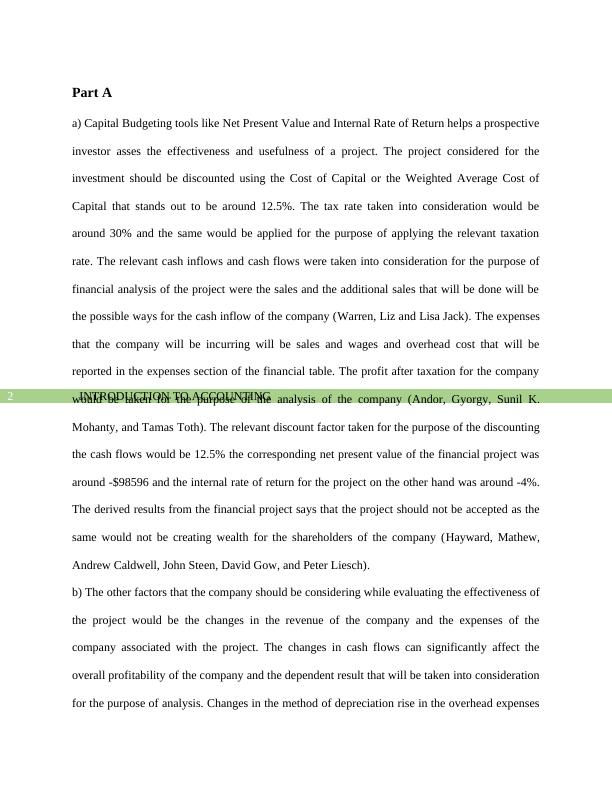Introduction to Accounting: Capital Budgeting and Master Budget
Added on 2022-11-23
8 Pages1500 Words173 Views
End of preview
Want to access all the pages? Upload your documents or become a member.
Capital Budgeting Project Feasibility Evaluation
|6
|1291
|48
Business Finance
|8
|1946
|324
Corporate Financial Management Reports
|6
|608
|41
Financial Analysis of a Project for Shelton Mills Plc
|5
|645
|304
Accounting And Finance Investment Analysis
|10
|2356
|12
MASTERS OF PROFESSIONAL ACCOUNTING
|12
|1855
|16


